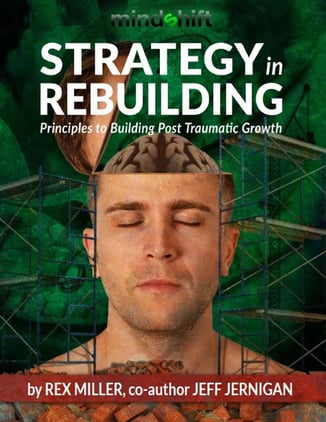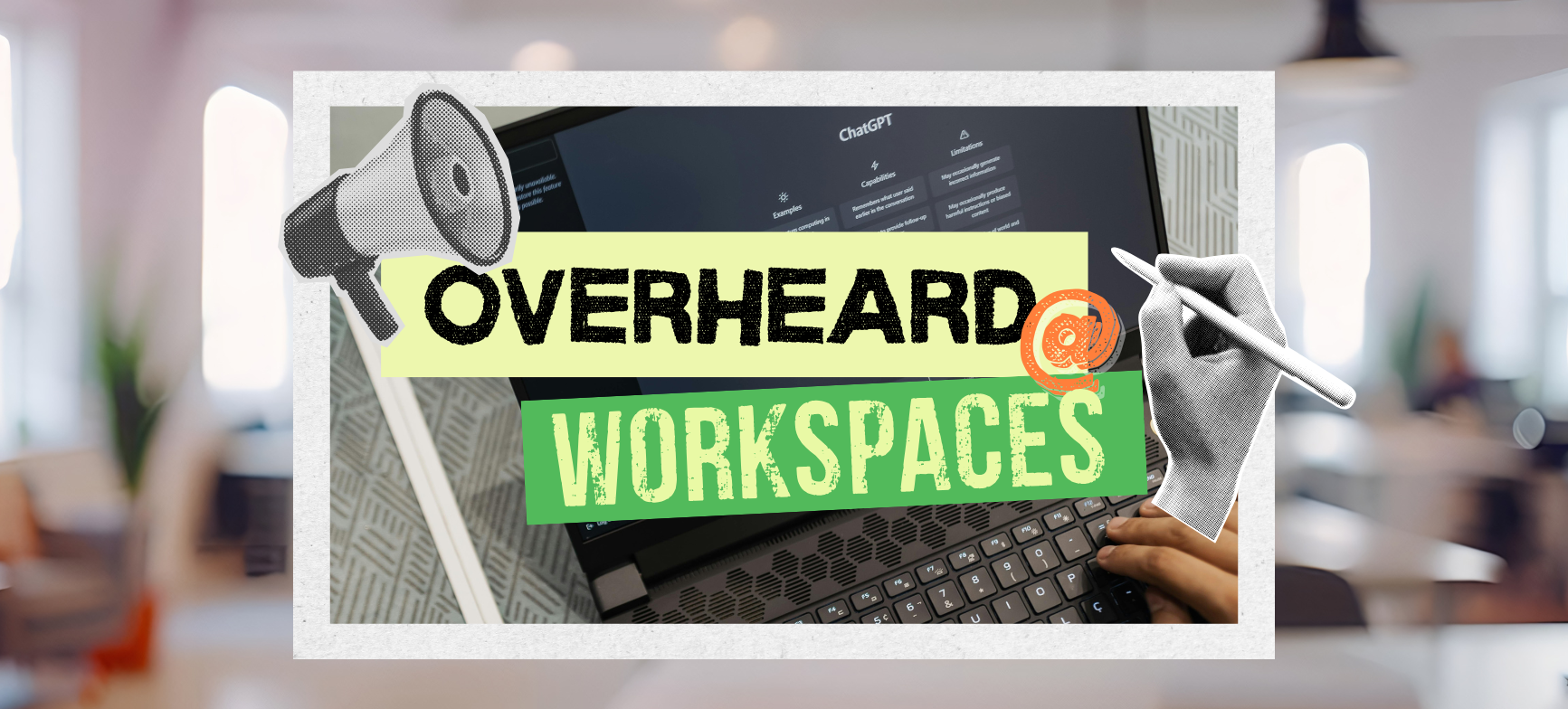When companies across the country sent employees home at the beginning of the COVID-19 pandemic, no one envisioned they would be working from home long-term.
Yet, nearly a year into the pandemic, many employees continue to work from home full-time or, as is becoming more common, taking part in a hybrid work-from-home, office strategy.
Ensuring these employees are properly supported, both logistically and emotionally has been a work in progress for many businesses.
Rex Miller, Principal of mindSHIFT and author of the recently released book, "Strategy in Rebuilding: Principles to Build Post Traumatic Growth," explored the impact of remote work on employees and how companies can better provide support during a recent episode of Office Hours by WorkSpaces.
Physical Support
Logistically speaking, employers have been able to provide their remote employees with many of the items they need to experience a conducive work environment at home. Though many of those measures have only been addressed for the short-term.
"They need a place to do focus work, they need a place to take a break," Miller said. "We need to up our game in this virtual world."
Now, businesses are beginning to ask what their employees need for the long-haul.
"Businesses are surveying individuals to find out what their needs are, what they currently have and benchmarking employees who have created conducive workspaces," Miller said.
For instance, there can't be fuzzy cameras, shadows, scratchy sounds or poor broadband connections, he said.
"It's not going to be acceptable because the experience we have online is only as good as the lowest quality system in that discussion," he said.
Emotional Support
While Miller notes that many companies are doing a great job on the logistical side, they are just beginning to see the toll that remote work has on employees' emotional and physical well-being.
Research, Miller said, points to the fact that working in a virtual setting has more of an impact on employee well-being than in a physical office.
"There's a real human sustainability question," Miller said.
Recently, Miller conducted a workshop with a company, tracking employees' calories and physical exertions. In the end, the added strain and stress of virtual work resulted in 3,200 calories burned, or the equivalent of walking 35.6 miles.
"The rhythm is different," Miller said. "In the workplace there was decompression time between meetings. Today it's not unusual to be in back to back virtual meetings with no break at all."
A New Role for Managers
In order to support employees in the new virtual workplace, Miller notes that managers must learn new rhythms, habits, and disciplines.
 |
Similar to a personal or performance coach, Miller said, managers must begin to ask new questions of their employees: Are you getting sleep? Are you hydrated? Are you moving throughout the day? What do we need to do to support you?
But asking these questions could be difficult for some managers, as most are task-oriented, Miller said of a topic that he discusses more in-depth in his new book, "Strategy in Rebuilding.”
Companies should consider not just whether their managers are equipped to take on these new roles, but if their employees might be better served by supplementing the emotional and well-being aspects of the job by creating a new position.
"They need guidelines, framework and training," Miller said of managers. “They will need to have a new role to help them as a liaison to supplement their management. Like a personal check-in coach. Someone who is naturally wired to stay in touch with people and check on their needs."
Getting Back to the Workplace
While companies, managers and employees navigate remote or hybrid workplaces, they continue to keep an eye on when it might make sense to return to the office full-time.
"Nobody really knows," Miller said of the return and what it might look like. "Experiment and test in the coming months to return to the workplace. No one has really clear criteria on who should come back and if they are ready to come back."
In looking for a return to work, companies must also consider employees' well-being and their own opinions.
"They need to help employees make that decision by giving them information on how to assess their risk," Miller said. "Instead of companies figuring it out, we need to put employees in the middle of it to keep learning as we go. Test and learn instead of projecting grand-scale plans."
Because, as we've learned, those grand plans often don't come to fruition. Many companies planned to return in the fall of 2020, then moved to the first of the year, and now have an eye on the summer. 1`
"That creates instability and insecurity in the workforce," he said.
Seeing the Opportunity
The pandemic and its impact on the workplace has been difficult to navigate, but it has also presented a moment to change the way in which we view the workplace and the people in it.
"The big opportunity is that we got off the treadmill," Miller said. "We were on an unsustainable health and well-being treadmill in the old work environment. Now we can stop and rethink."
By rethinking the workplace, companies can create a healthy, positive environment for employees going forward, he said.
After all, employees who feel taken care of are more engaged. And more engaged employees are the best asset a business has, Miller said.
"Caring for your most important and valuable asset is really a business strategy," he said.

Posted by
Join us at WorkSpaces!
The retreat for corporate real estate and workplace innovators.
Oct 4-6, 2026 | Santa Barbara, CA




-3.png)
-3.png)


-2.png)

Comments